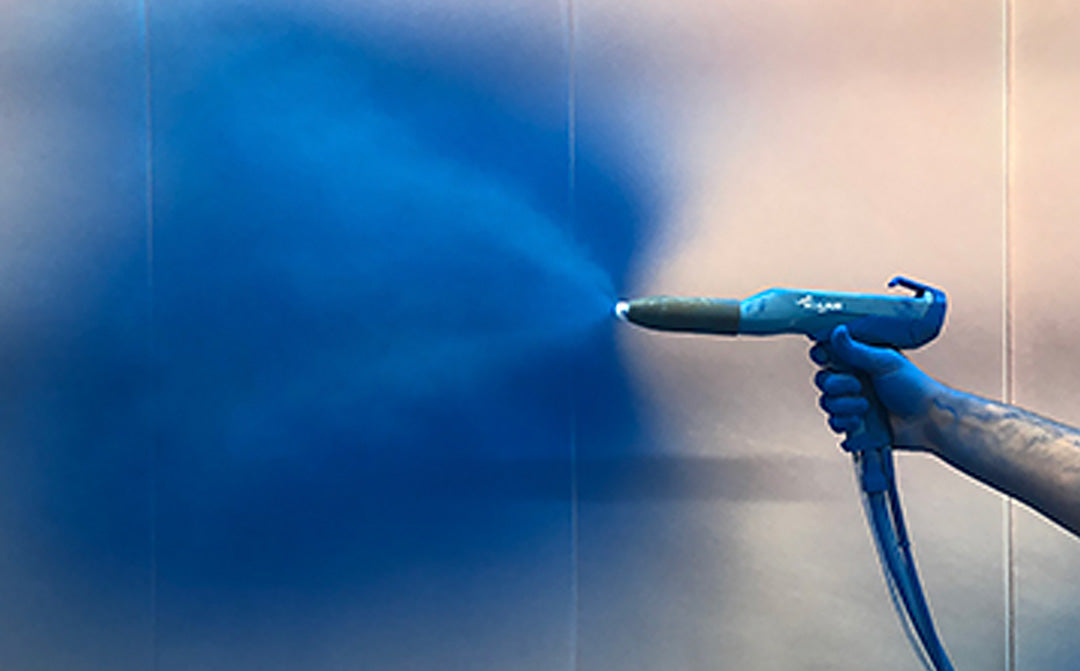
Application
Coverage
Coverage may be measured in many ways: weight per area, or area per weight. More simply, where the parts being sprayed are the same, it can be measured by parts per box.
Coverage is low
Insufficient coverage, the expected area that the coating should cover is not being achieved.
-
Potential Cause
Dry film thickness is too high. A coating sprayed at an average film thickness of 100 microns will have half the coverage that it would have sprayed at 50 microns. Most coatings are designed to be sprayed between 60 and 100 microns, however there are some coatings that require a higher film build.
-
Potential Cause
Not reclaiming. Reclaiming a powder coating should bring the actual coverage much closer to the theoretical coverage, which assumes 100% efficiency. Although the amount of reclaim will depend on the coating, as a general rule of thumb efficiency should be 90+% with reclaiming and only 60% of theoretical without reclaiming.
-
Solution
Reduce the space between parts and look at how the parts are jigged to reduce as much as possible the blank spaces. Check that reciprocating guns are not spraying too far above or below the parts. For automatic lines, equipment suppliers can offer systems that sense blank space and do not spray.
-
Potential Cause
Initial coverage calculations based on a coating specific gravity (relative density) that is lower than the actual specific gravity. Pigments, particularly white pigment, will increase the specific gravity of a coating so it is not possible to achieve the same coverage with different coloured coatings, even when all other factors are kept constant.
-
Potential Cause
Powder coating covering power. Different pigments have differing opacities. It may be possible to spray dark colours below the recommended film thickness and still achieve a uniform finish; some colours however, particularly yellow and white will require a higher film build to reach an acceptable uniform finish, particularly noticeable under a contrasting substrate.